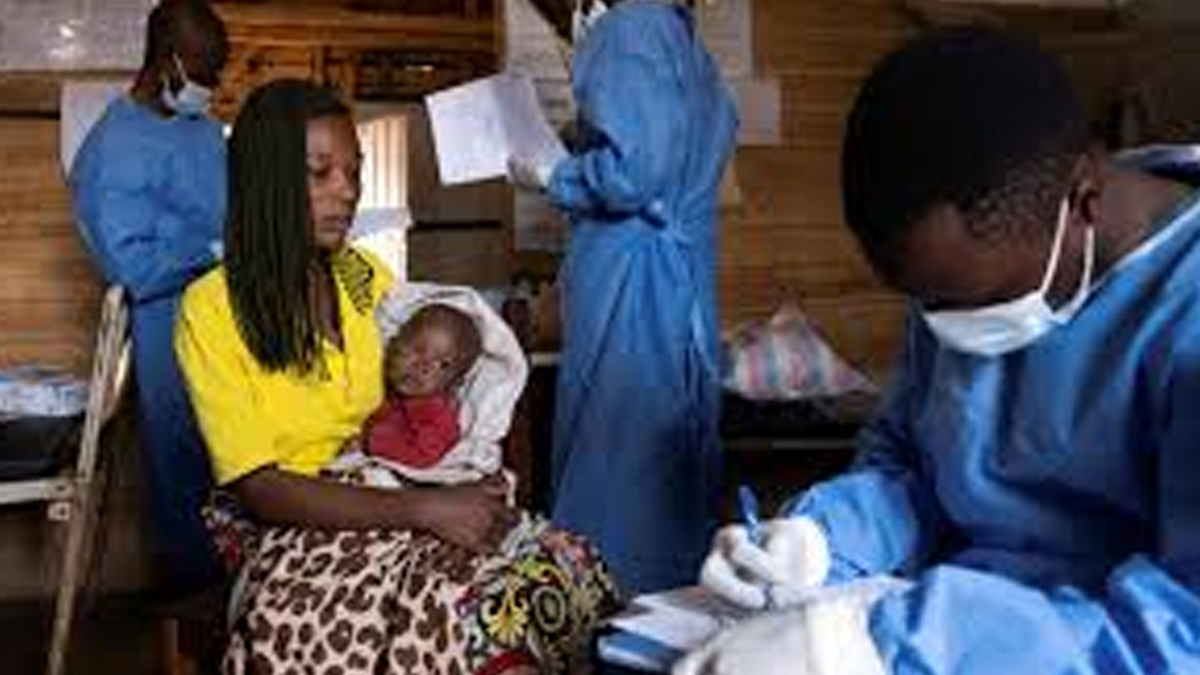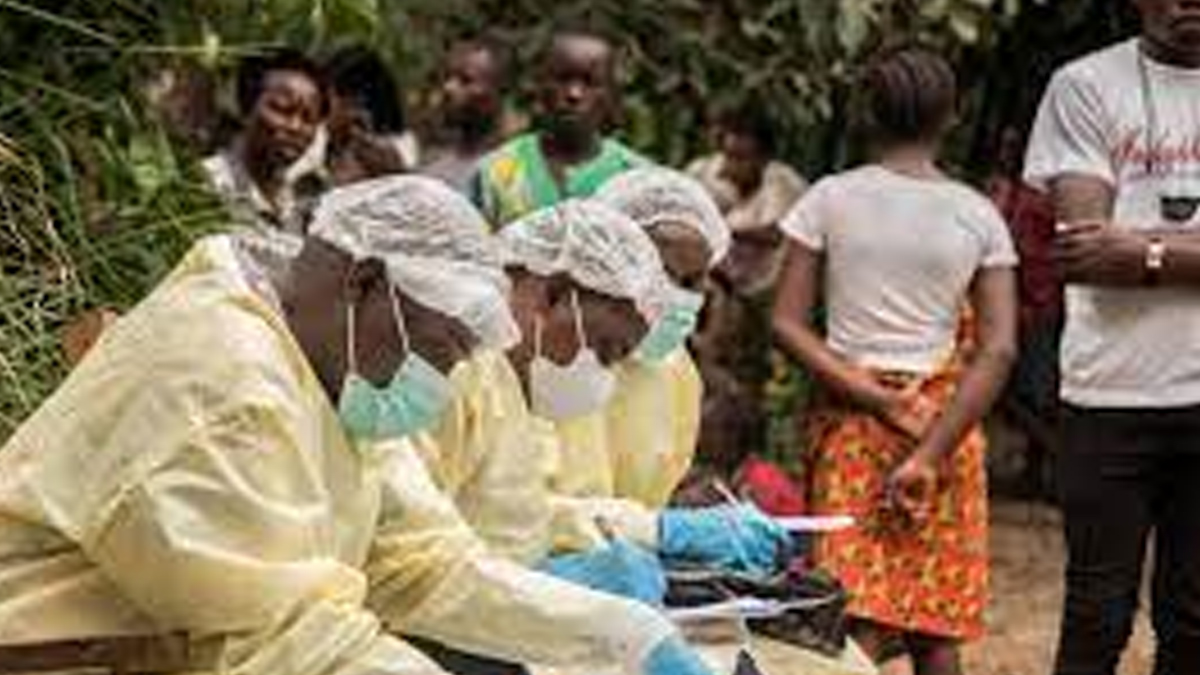-1740042618784.webp)
The World Health Organization (WHO) has sounded the alarm over a new, unidentified illness that has emerged in the northwestern Democratic Republic of the Congo (DRC). The country, already grappling with multiple health and humanitarian challenges, is now facing a potential public health crisis with reports of rising infections and fatalities.
Table of Content:-
Rapidly Increasing Cases and Deaths
According to WHO data, as of February 15, 431 cases and 45 deaths have been recorded across two health zones in the DRC’s Equateur Province. The outbreak appears to have escalated quickly, raising concerns among health officials about its potential to spread further.
-1740042769165.jpg)
The first cluster of cases was reported in January in Boloko Village, within the Bolomba Health Zone. Initial investigations suggest that the outbreak may have originated from three community deaths among children under the age of five. These children exhibited symptoms such as fever, headache, diarrhea, and fatigue, which later progressed to hemorrhage. Reports indicate that the children may have consumed a bat carcass prior to falling ill, raising suspicions about a zoonotic origin of the disease.
In February, a second cluster of cases was reported in Bomate Village, located in the Basankusu Health Zone. The outbreak in this area has shown an alarming rate of disease progression, with nearly half of the deaths occurring within 48 hours of symptom onset.

Possible Causes and Ongoing Investigations
Despite rigorous testing and epidemiological tracking, the exact cause of the illness remains unknown. WHO experts have ruled out Ebola and Marburg viruses, two common causes of hemorrhagic fevers in the region. However, other possibilities such as malaria, viral hemorrhagic fevers of unknown origin, food or waterborne poisoning, typhoid fever, and meningitis are being considered.
Also Read: Norovirus Cases In UK Spike By 116%—Here’s How To Stay Safe!
Health authorities continue to study the potential transmission sources, as there is currently no confirmed epidemiological link between the two affected zones. The rapid spread and high fatality rate of the disease further complicate containment efforts.

Similar Cases Reported in 2024
This isn’t the first time a mysterious illness has emerged in the DRC. In late 2024, the southwestern province of Kwango witnessed an outbreak of an initially unidentified disease that was later confirmed to be severe malaria exacerbated by malnutrition. That outbreak resulted in 2,774 cases and 77 deaths, underscoring the ongoing vulnerabilities in the region’s healthcare infrastructure.
Also Read: Kerala Issues Health Alert Over Nipah Virus: Here’s Why You Should Stay Vigilant!
Humanitarian Crisis and Health Challenges
The escalating health crisis comes at a time when the DRC is already dealing with a severe humanitarian emergency. Ongoing armed conflicts in the North Kivu and South Kivu provinces have led to worsening conditions, including road blockages, attacks on aid workers, and widespread looting. These challenges make it increasingly difficult for relief organizations to deliver medical aid and essential supplies to affected communities.
WHO Calls for Urgent Action
Given the severity of the situation, the WHO has urged immediate intervention to ensure humanitarian access, restore critical infrastructure, and strengthen disease surveillance. Health officials emphasize the need for a coordinated international response to prevent the outbreak from escalating into a larger public health disaster.
As investigations continue, experts remain on high alert, closely monitoring the situation to determine the nature of the illness and implement effective containment measures. The coming weeks will be critical in shaping the response to this emerging health threat.
Also watch this video
How we keep this article up to date:
We work with experts and keep a close eye on the latest in health and wellness. Whenever there is a new research or helpful information, we update our articles with accurate and useful advice.
Current Version
